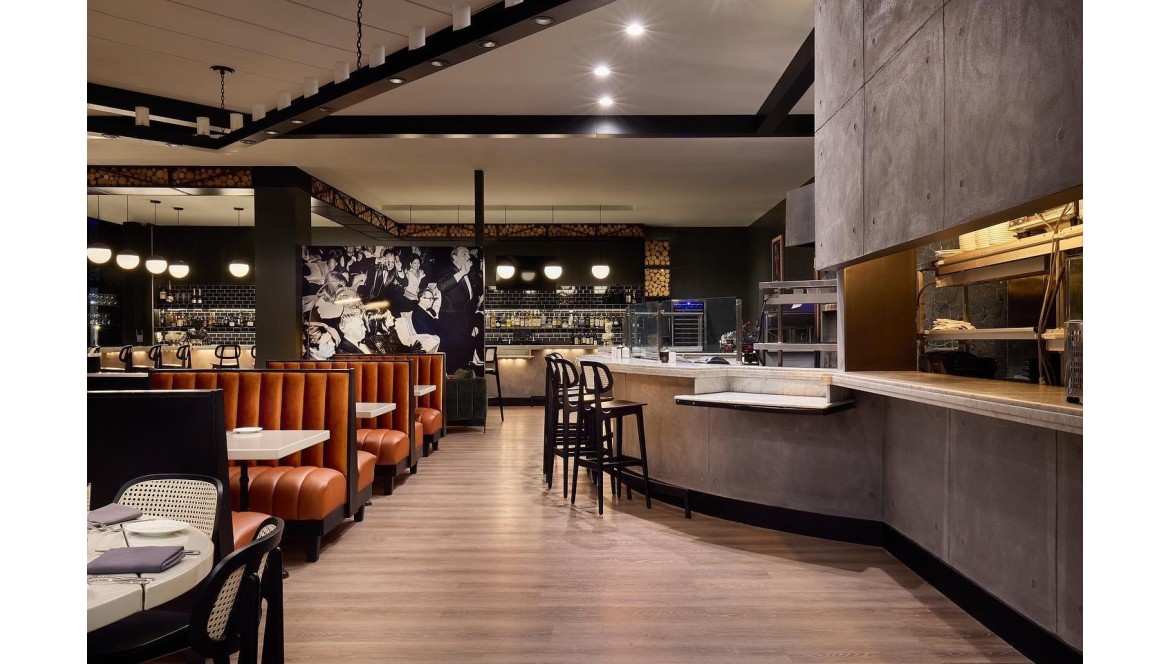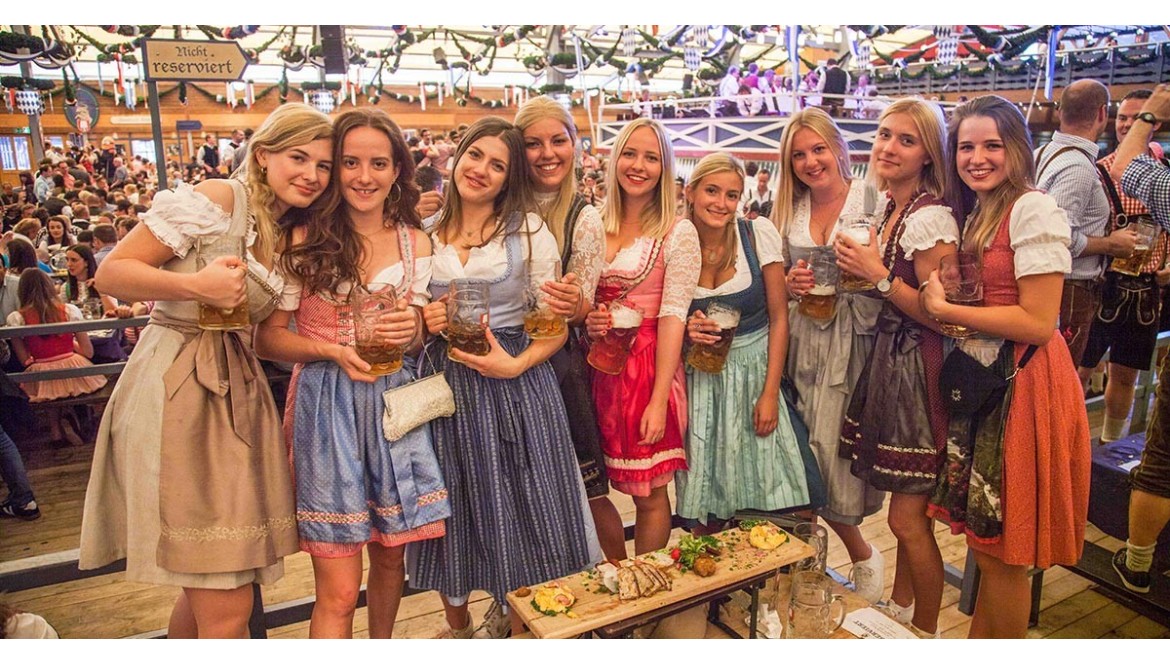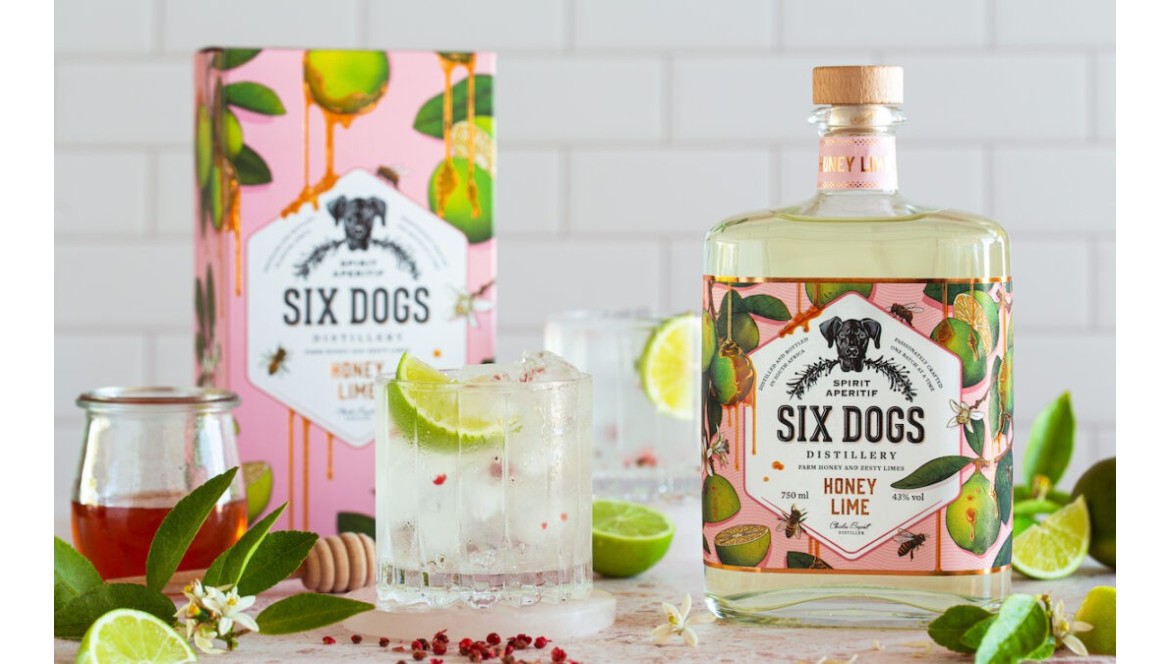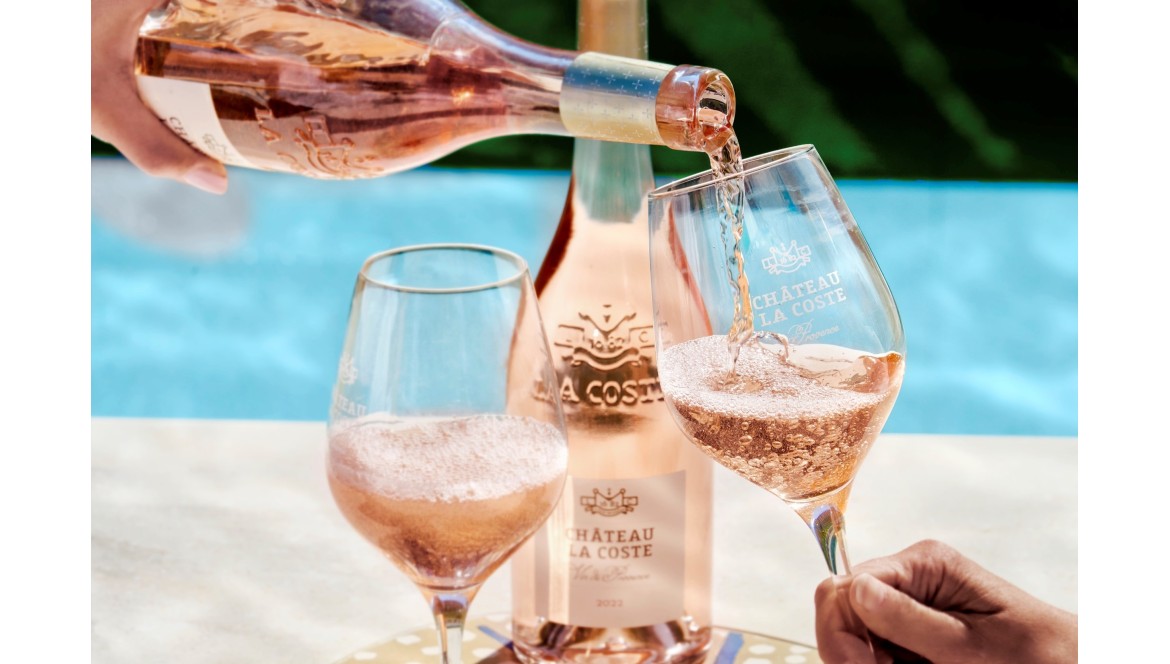Sorry, We are updating data, please come back later!!!!
Blog Categories
- Category 1add remove
Popular Articles
A Taste of Italy in Connecticut
May 01, 2024Jacopo Poli Brandy Arzente
May 21, 2024Bassano del Grappa
May 03, 2024
Recent Articles
A Taste of the Western Cape at La Vinotheque
Aug 05, 2024Jacopo Poli Brandy Arzente
May 21, 2024






